When Two Classics are Combined
Guest post by Cat Charissage
I. The “Problem”
 Personally, I would have been happy if my son had been an early reader. I read to him as a baby constantly; in fact, I think he may have recognized the stories I’d read to him when he was still in the womb. Visions of a four-year-old puzzling out The Cat in the Hat danced in my head, but alas, as we home educators often find out, my ways were not his ways. Liberty was quite content to let me continue reading to him, and found decoding and sounding out as a beginning reader to be just too much hard work.
Personally, I would have been happy if my son had been an early reader. I read to him as a baby constantly; in fact, I think he may have recognized the stories I’d read to him when he was still in the womb. Visions of a four-year-old puzzling out The Cat in the Hat danced in my head, but alas, as we home educators often find out, my ways were not his ways. Liberty was quite content to let me continue reading to him, and found decoding and sounding out as a beginning reader to be just too much hard work.
I was patient. (I soundlessly ground my teeth while smiling as he complained yet again about how hard it all was.) I wasn’t worried that he’d never learn to read. (I had to take deep breaths to calm the panic attacks, explaining to our province-mandated facilitator that he was making good, steady progress, and rehearsing over and over the 5 sentences Liberty would read aloud at the facilitator’s visit.)
I was confident in repeating to my mother that little girls often read earlier than do little boys, and that Liberty was following his own timing. (I was glad that over the phone she couldn’t see the tears I tried to keep back.) Knowing then what I know now, I think I would’ve just set aside the “lessons”, and continued to just read aloud. But I had a little boy who so badly wanted to read, and who was so discouraged by the hard work that it entailed.
As weeks became months, and months turned into more than a year, I wondered how I could help Liberty read easily and fluently. He could certainly sound out most words; he knew his phonics. All he needed, I was sure, was practice. I’ve never (okay, almost never) coerced my son into doing things that caused him major grief, but I just didn’t know what to do to inspire him to put in the practice time. All my encouragement and patience wasn’t working. And I just couldn’t make myself quit reading aloud to him with the strategy that perhaps he would read to himself if I didn’t. Books and stories are just too important to us. Day after day our “lesson time” became sadder and sadder, and I was watching his love of learning turn into a hate of learning. Yet he wanted to read easily! Something had to change.
II. The Solution?
My spouse, the King of Stick-to-it-tiveness incarnate, came up with a suggestion. “He’s just got to keep at it and not be so frustrated. Why not give him an incentive to do so?”
“A bribe!” I thought. “Why should we bribe him to do what he’s supposed to do anyway? When he even wants the results himself? Won’t that teach him to always expect to be rewarded for any hard work? Aren’t we modelling the exact opposite of what we want to teach him? What if. . . ? What if..?” Blah, blah, blah. You know what I was thinking.
The King of Kindness (also known as the King of Stick-to-it-tiveness) countered: “Wait a minute! He’s obviously not having any fun. He obviously finds it hard work. It’s pretty much to ask a an 8 year old to willingly do something hard and not fun at all when the only payoff is in some far-off future that he can’t quite imagine. Yeah, Cat, you can force him, punish him with all kinds of consequences. But don’t we want him to love reading? Do we want him to forever associate reading with frustration and other yucky feelings? Do we really want that to happen?”
Well. . . no.
“But we’ve got to think of just the right incentive. On the one hand,“ continued the King of Let’s-Look-at-All-the-Options (aka the King of Kindness, etc.), “we can’t come up with just one thing. That’ll last all of one day. On the other hand, we can’t be giving him toys all over the place. Hmmmm. Money doesn’t really make all that much sense to him yet, so giving him a penny for each word won’t work. On the other hand [how many hands does the King have?], it’s got to be something concrete so that he can make the connection clearly that if he practices reading, he’ll be getting something right away.”
“Shouldn’t he learn, though, that sometimes you just have to do what’s not necessarily fun? I don’t enjoy getting up in the morning early, yet I certainly enjoy having those extra hours in my day. Et cetera, et cetera. He’s going to come across those kinds of things all through his life. He’d better learn how to do it.”
“He will, Cat,” replied the King of Patience (aka — well, you know who). “There’s plenty of time for him to learn good work habits and delayed gratification. Besides, I don’t particularly like to go to work everyday, either, when I’d much rather be working on my own projects. But they pay me, right? Incentives! Incentives work, Cat. He just needs a little extra motivation during the hard parts.
“I know: what about Legos? It’s lots of little pieces. He loves it. We’re probably going to end up buying him some anyway, if I know us. Let’s let it be a win-win situation. How about letting him pick out a big set that he wants, but we give it to him a piece at a time, maybe one piece for each word, or each sentence?”
“Like building blocks to success?” I smiled.
And a solution was born. And it was good. Very good.
III. How to Do It
 Liberty and I were getting ready for a three-week visit to my mother. So I told him that during the visit, for something different to do, we would find a big set of Lego that he liked; that I’d buy it, and that he’d earn each piece of it by reading one word from a story. After he read a sentence, we’d count out the words, and if the sentence had 8 words, he’d get 8 of the pieces. By the end of the story, he’d have most of the Lego set. The next day, we could read another story, and he’d have his Lego set in just a couple of days.
Liberty and I were getting ready for a three-week visit to my mother. So I told him that during the visit, for something different to do, we would find a big set of Lego that he liked; that I’d buy it, and that he’d earn each piece of it by reading one word from a story. After he read a sentence, we’d count out the words, and if the sentence had 8 words, he’d get 8 of the pieces. By the end of the story, he’d have most of the Lego set. The next day, we could read another story, and he’d have his Lego set in just a couple of days.
“Maybe Grandma Shirley will just buy me the Lego!”
(Darn! You teach kids to think for themselves, think creatively, and then whaddaya know? They do!)
“No, Liberty. Not an option. But here’s what we will do.”
He went for it. The rest is history. A year and a few Lego sets later [remember, the gift of reading is priceless, and besides, you probably would’ve spent at least some of that money on Legos, anyway], Liberty became a good reader. Just a couple of days ago, he finished The Black Cauldron by Lloyd Alexander, saying “You know what, mom? I really like to read!” Music to my ears. He’s reading Asterix as I write.
Now you are the expert on the children in your home, and there’s no long term payoff for a child who reads at 6 rather than 10. It’s even been shown that late readers are life-long readers. But if any of you are so inspired to try to replicate my findings in this Lego study, I have a few suggestions. First of all, this method won’t work if your child gets new toys frequently and regularly at every request or tantrum. Liberty gets new toys on his birthday and at Christmas, but has to pay for any other toys he wants from a very modest allowance. This Lego method became a way for him to get what he wanted, faster.
Secondly, put time limits on the project. For instance, try it for three weeks, or until Christmas, or until the end of the month. That way, you’re not seeming to go back on your word when you need to put a stop the incentive. A time limit is also a motivation to practice today, and not get “Tomorrow, mom, I promise!” Start with a small Lego, maybe 50-70 pieces. Remember, you want this to be a successful and positive experience for him. Eventually, you’ll move into the 1,600 piece sets, but please don’t start there.
Purchase the Lego set with your child; let him pour all the pieces into a bowl, run his fingers through them, even pick out the pieces he wants to work for first. Touching the product is an old salesman’s ploy to build the desire in the customer. Let it work for you here. Liberty always wanted the Lego people first, and wanted to read, right then, for the pieces of the characters. He actually would read in the car just after we left the store in order for him to get the people.
Let there be a one-to-one correspondence with whatever unit of reading “earns” a Lego piece, and give the child the pieces at the end of each sentence. Let the child hold a bowl into which he places the pieces he earns. Watching the pieces accumulate is good motivation to keep going. At first, we negotiated one word to one piece. As he improved, for another set time period we negotiated two words per piece, then one sentence per piece.
That was the limit on how this system worked, for us at least. As he read one page, I would read the next page (no Lego earned for my reading, of course), going back and forth, which modeled correct pronunciation and expression, and kept up his reading comprehension, too. Fifteen minutes was usually the time limit I placed, although he could have several sessions throughout the day. I didn’t want him to “burn out” early. The longest session for us only ever became thirty minutes. As he became less resistant to reading, but I thought that the incentive was still worthwhile, he could only earn Lego for extra reading. We kept a certain amount of reading in our daily lessons that was just part of lessons, without the Lego incentive.
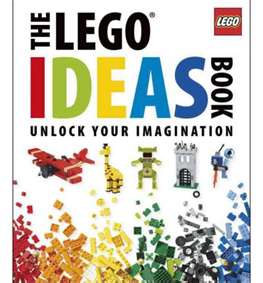 Keep encouraging your child that reading will become easier as he practices, and point out how much he’s improved from yesterday or last week. Remind him that learning to ride a bike, or learning to walk, took time and practice. That he will read quickly and easily with practice, just as he can now walk and run quickly and easily. Tell him how you read; that it’s easy, and that you do it without even thinking about it, or sounding out the words. That it’s fun, and that you like to do it.
Keep encouraging your child that reading will become easier as he practices, and point out how much he’s improved from yesterday or last week. Remind him that learning to ride a bike, or learning to walk, took time and practice. That he will read quickly and easily with practice, just as he can now walk and run quickly and easily. Tell him how you read; that it’s easy, and that you do it without even thinking about it, or sounding out the words. That it’s fun, and that you like to do it.
Sign up for the Lego Magazine. Every package of Lego has a form in it. Preview the magazines before giving them to your son, though, as sometimes the Bionicle inserts may not be what you want for your child. The main magazine has always been fun and appropriate, though, and most importantly, Liberty reads it. The Lego website, www.lego.com, is also a lot of fun. There are games to play on the site, and of course, a complete catalog of all products. Lego can be purchased on line for all the sets that can’t be found at your favourite neighbourhood big box store. Ebay is a great source for older sets.
IV. Lego Management
If you try this method, your child will soon accumulate hundreds and hundreds of small plastic pieces that hurt like heck when you step on them in the middle of the night on a bathroom run. (Ask me how I know.) Management becomes an issue, and is, itself, a teaching opportunity. (Isn’t it all?) First of all, let go of your adult frugal need to keep each set together and separate from all the other Lego accumulated. And don’t try to organize it. It just doesn’t seem all that important to little boys
So if it’s important to you, you set up all the zip-lock baggies and drive yourself crazy if you want. I drove myself nuts trying to keep all the little people together in one bin, all the vehicles in another, all the 4 peg pieces in, well, you get the idea. You’ve been warned. Don’t go there. Besides, we want our children to be creative, don’t we? If the Lego is all in one big bin all mixed-up together, they’ll make new creations with it. They will, I promise. Eventually.
It does pay to scoop up all the instructions when your child tires of them, and keep the instructions in a separate box or file. That way, if your future teenager needs money, he can reassemble all the pieces to a particular set (that’s where the zip-lock bags will come in handy, so keep them) and sell it at a profit on Ebay. (And you hadn’t thought of Lego as an investment, had you?)
The large plastic under-the-bed bins have worked the best for us. Any large, shallow box will work. We also have some Lego in a set of plastic drawers, but that only works if the drawers come out, and if you can resist the urge to put all the people in one drawer, and all the vehicles in . . . . There must be some primal physical pleasure in letting the Lego pour through your fingers. Abundance. Plenty. Little boy wealth.
Our ground rules are that after playing, all Lego must be off the floor and back into a box. A place to leave out assembled creations for future play has been much appreciated by the younglings around here. Bookshelves, tops of dressers, and corners of the floor all work. We’ve always kept the Lego Bionicles in a separate box. Bionicles haven’t had the same long term play value as the regular Lego, and in fact, Liberty’s Bionicle bin is stored in the garage right now. Megablocks, a less expensive Lego competitor, usually, but not always, fit together with the Lego pieces. If you reassemble kits for resale, be sure to ensure that all pieces are the real Lego. It matters.
V. Why It Worked
I think it’s a true principle that positive reinforcement works better and is more lasting than negative reinforcement. It’s also true that small efforts do add up to big accomplishments. Learning to read, and enjoying reading, is perhaps the best investment in learning that’s possible. Perhaps most importantly, Liberty wanted to read easily and fluently. Learning to read fluently, though, does take time and practice.
With our Lego investment, we’ve gotten an enthusiastic reader, we’ve united an existing love of Lego with a new love of reading, we’ve gotten great play value, we’ve always had something that guests enjoy playing with, we will always be able to make a child happy if we give away the Lego after Liberty is done with it, and we or he can always re-sell it on Ebay to recoup the original investment. Other toys haven’t had the same qualities that made this method work, though it is in theory transferable to whatever item your child loves. You might be able to do this with K’nex, toy trains, blocks, or (heaven forbid) Barbie accessories, but Lego works precisely because there are so many little pieces. It allows a one-to-one correspondence between effort and reward that a young child can understand. It’s been a total win/win for our family. I hope the idea may be able to help you. Who knows, in a couple of years, you too will have enough Lego to carry on “Lego, Popcorn, and Stories” in your own home. Now wouldn’t that be a nice tradition for home schoolers in your community?
P.S. I should add that neither I nor any member of my family works for or is affiliated with Lego, or any place that you can buy Lego!









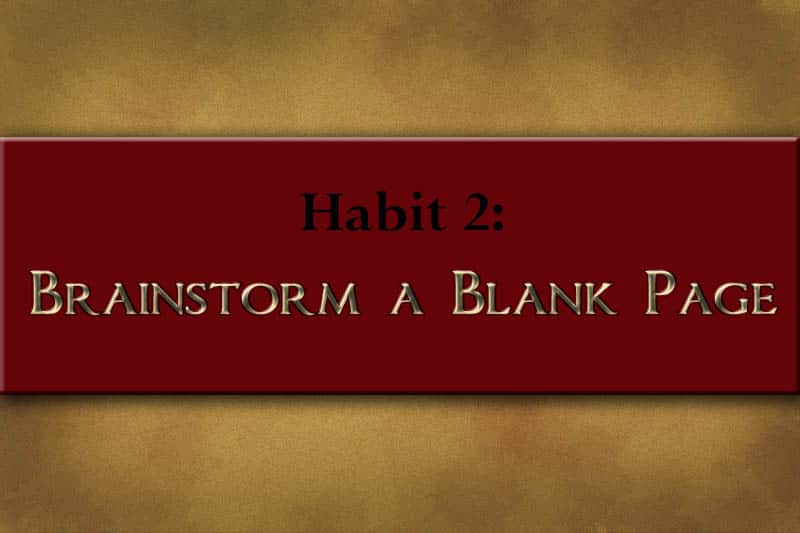






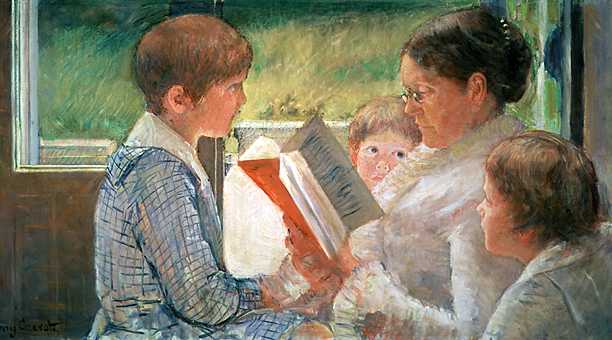

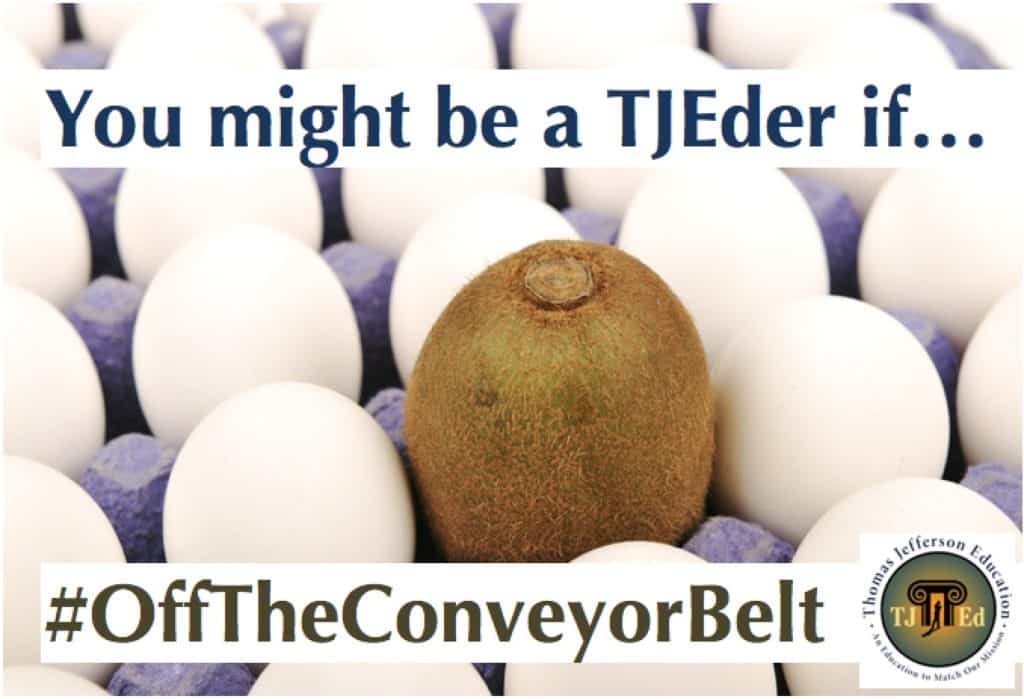










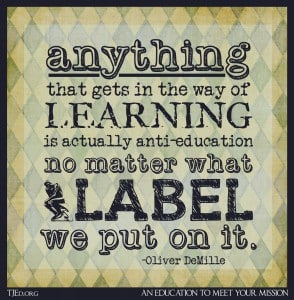
Thank you!!! That is a Great idea. I have an 8 year old who wants to read so bad and gets so frustrated as well. He LOVES Legos. We’ll do it!
Shelly